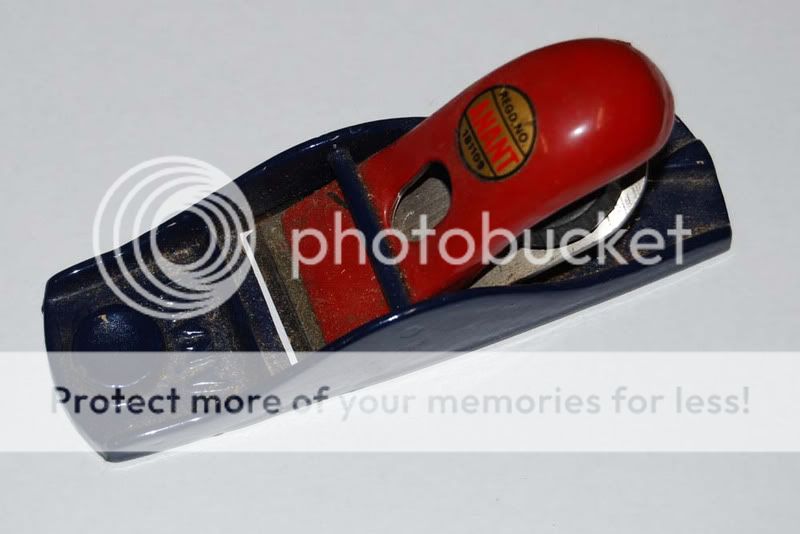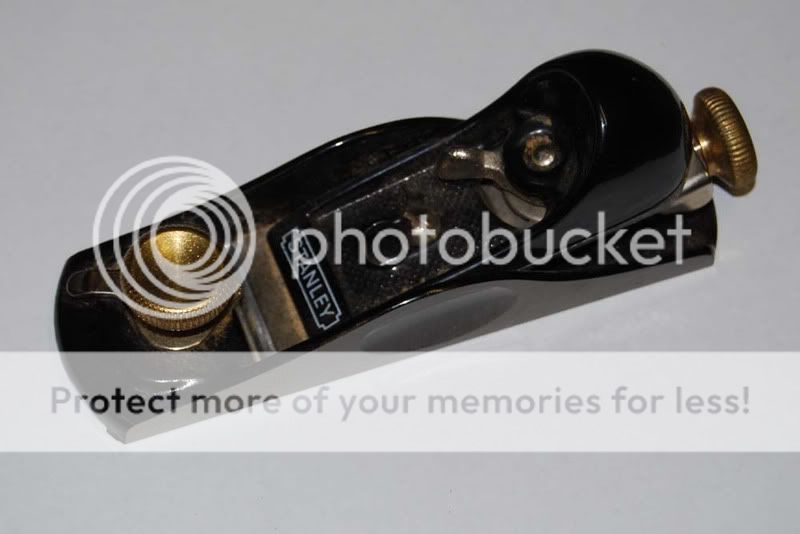If the board is at least 4/4 or 6/4 and reasonabley flat to begin with, you can get a pretty flat finished board without using a jointer first, by running it through the planer, flipping the board over every pass and not taking very much off each pass. However, if the board is twisted, you need one flat side first (jointer), or the planer will just thickness the board, but it will keep that twist throughout the board. Unless you're a big production shop, most woodworking shops only have a 6 or 8" jointer, not a 12 or 16" you would need, thus if that board you milled dries with even a moderate twist, you often end up ripping that nice 14"wide board into an 8 and a 6 inch wide, to fit your jointer for those initial passes to get one flat side. As jboy did though, there are plans out there to make a sled to set your twisted rough milled board on, that will hold the board as you run it through the planer to get that first flat side. American Woodworker mag had plans for one year or so ago. I designed my own, but it's still on graph paper. Then once you have one planned dead flat side, it's ready for the planer to thickness that wide board. That way you are only limited to the size of your planer, usually at least 12 inches.
If you have all day long, and have the skill (I certainly don't) and patience (I certainly don't) you can do it the old fashioned way with a thousand bucks worth of hand planes and a pair of winding sticks.
http://www.leevalley.com/wood/page.aspx?c=2&p=53276&cat=1,41182 if you need a reason to spend money you don't have too!
If that's your thing... more power too ya.









